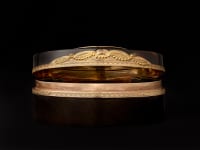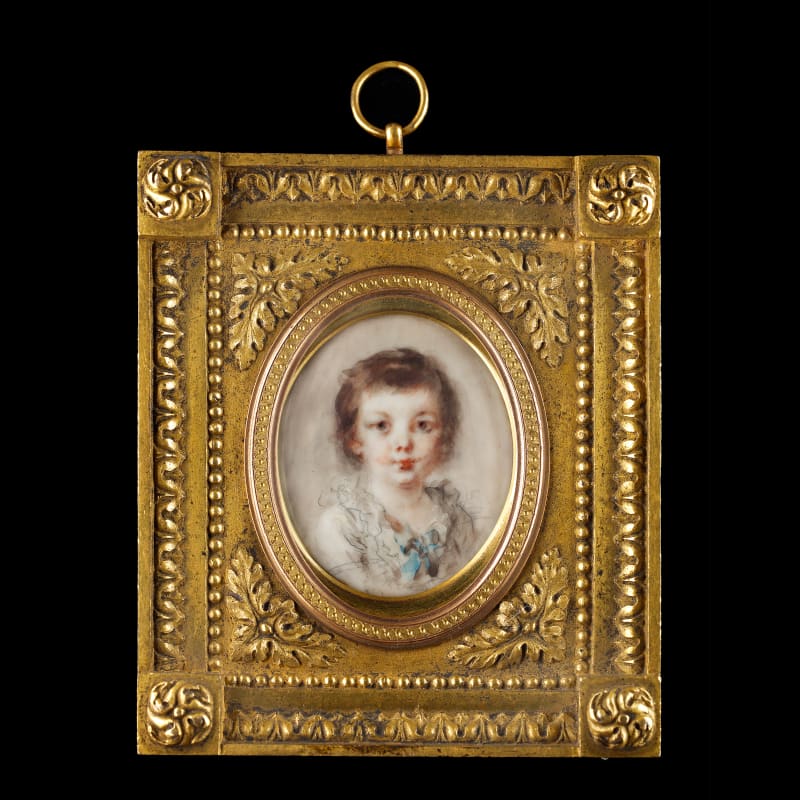Pierre Adolphe Hall was born in Sweden but moved to Germany to study painting in Berlin in 1756, in Hamburg in 1758, and then in Stockholm from 1760 to 1766. By 1769 he was in Paris, where he became an associate of the Academy. His work is typified by his imaginative use of colour and fluid brushwork. He soon gained a following for his work on ivory and in enamel. A critic, writing on Hall’s miniatures on the occasion of the Paris Salon of 1777, stated: “Mr Hall attracted the attention of all those who, in enamel and miniature painting, look for the gracefulness in the drawing, the immediacy of the brush and this subtlety of the brushwork, which, while miniaturising the model, bestow new appeal on it.”[1]
The present work, painted circa 1770, would have been an early work during Hall’s settlement in France. Despite his Swedish origins, Hall’s style and subject matter characterised French taste so completely that...
Pierre Adolphe Hall was born in Sweden but moved to Germany to study painting in Berlin in 1756, in Hamburg in 1758, and then in Stockholm from 1760 to 1766. By 1769 he was in Paris, where he became an associate of the Academy. His work is typified by his imaginative use of colour and fluid brushwork. He soon gained a following for his work on ivory and in enamel. A critic, writing on Hall’s miniatures on the occasion of the Paris Salon of 1777, stated: “Mr Hall attracted the attention of all those who, in enamel and miniature painting, look for the gracefulness in the drawing, the immediacy of the brush and this subtlety of the brushwork, which, while miniaturising the model, bestow new appeal on it.”[1]
The present work, painted circa 1770, would have been an early work during Hall’s settlement in France. Despite his Swedish origins, Hall’s style and subject matter characterised French taste so completely that he is considered one of the greatest French miniaturists of the eighteenth century. This work, painted in the challenging medium of enamel on metal, retains his exciting rapid brushwork and vivid palette. The sitter here, although unknown, is quite typical of his portraits of women, many of whom were portrayed in fashionable bucolic dress, a country-style bodice with fresh flowers in her hair. The sitter is also shown with no jewel adornments and a fresh complexion, reflecting the later 18th century taste, particularly prevalent in France, for the idealised rustic maiden.
[1] N. Jeffares, Dictionary of Pastellists before 1800, online edition, accessed 27.01.20




